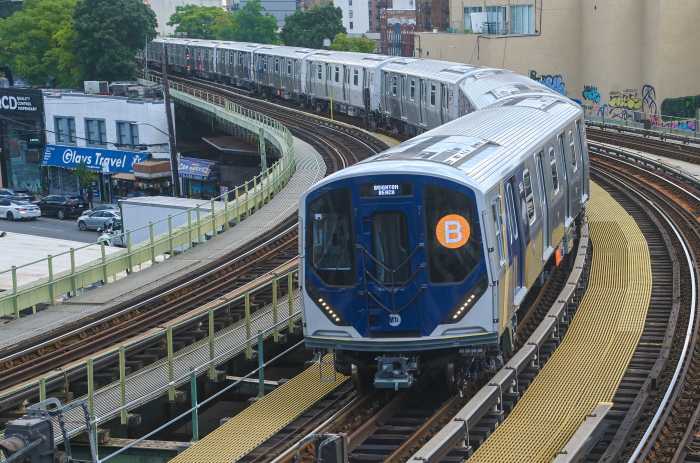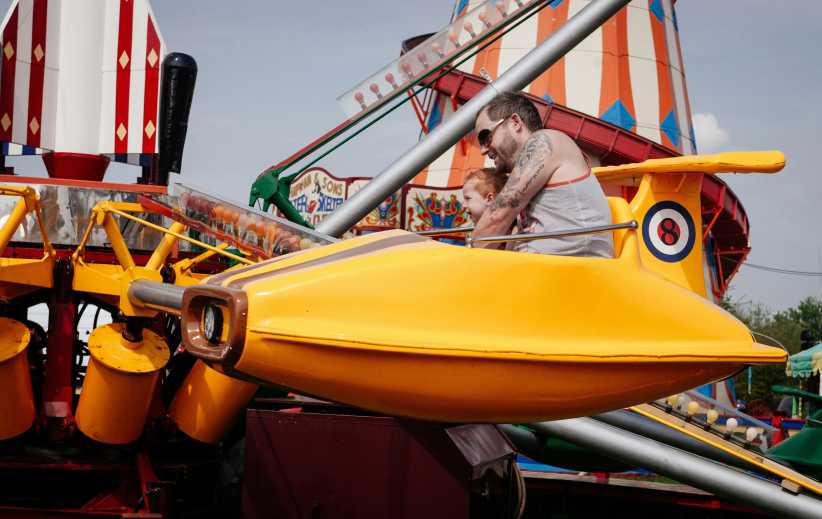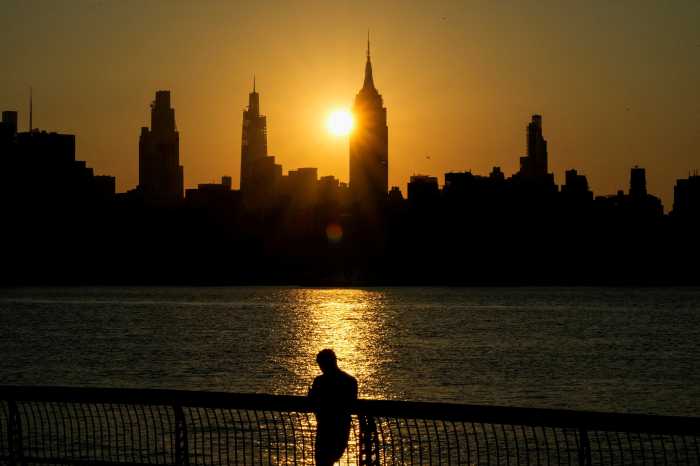NYC’s Robert F. Kennedy Bridge (also known as the RFK or Triborough Bridge) now has more bike and pedestrian access under an ongoing plan from the MTA to overhaul accessibility on its bridges, the agency announced on Monday during a press conference on Randall’s Island.
The upgrades are part of the agency’s $128 million investment from its 2020-2024 capital plan to make crossing selected MTA bridges easier for cyclists, micro-mobility users and pedestrians.
The RFK Bridge, which connects Manhattan, Bronx and Queens, now has a shared-use path for cyclists, micromobility users and pedestrians from Manhattan to Randall’s Island. It is designed similarly to bike-pedestrian infrastructure completed last year on the Cross Bay Bridge, the Henry Hudson Bridge and the RFK Bridge’s Bronx span. It features ramps, banisters for holding and safety signage.
A more connected Triborough Bridge

For the first time, the completed segment gives cyclists and pedestrians a continuous car-free route from Manhattan to the Bronx and Randall’s Island.
“For the Manhattan span, we now have a southern path that is ADA-accessible for cyclists and pedestrians,” Jamie Torres-Springer, the MTA’s construction and development president, explained.
The MTA also constructed a northern path on the same span that ends on a new Greenway along the Harlem River that the City of New York is completing.
“Once they complete that, we’ll be opening it, and it’ll have a great landing into an open space and provide access to the northern parts of Manhattan,” Torres-Springer said.

The effort is part of the MTA’s Bike, Pedestrian and Micromobility Strategic Action Plan launched in 2023 to bicycle, pedestrian, and micromobility access across the transit network, including at subway and commuter rail stations, bus stops, and bridges.
Janno Lieber, MTA chair and CEO referred to the Randall’s Island path as a “biker’s paradise” during the press conference.
“While transit remains the go-to travel option for the overwhelming majority of New Yorkers, there’s been tremendous growth in alternative micromobility options like bikes and scooters, both shared and personal,” Janno Lieber, MTA chair and CEO said. “The trend gives the MTA a chance to extend the transit system’s reach deeper into communities that have less fixed rail service.”
The upgrades are expected to significantly benefit the thousands of cyclists and pedestrians who use MTA bridges daily. Another aim of the investment is to encourage more people to choose sustainable transportation options, reducing congestion and improving air quality.
While there are no immediate plans to add a bike or pedestrian lane to the Verrazzano-Narrows Bridge, which is the longest suspension bridge in the country, all MTA local buses that travel the span are equipped with bike racks.





















